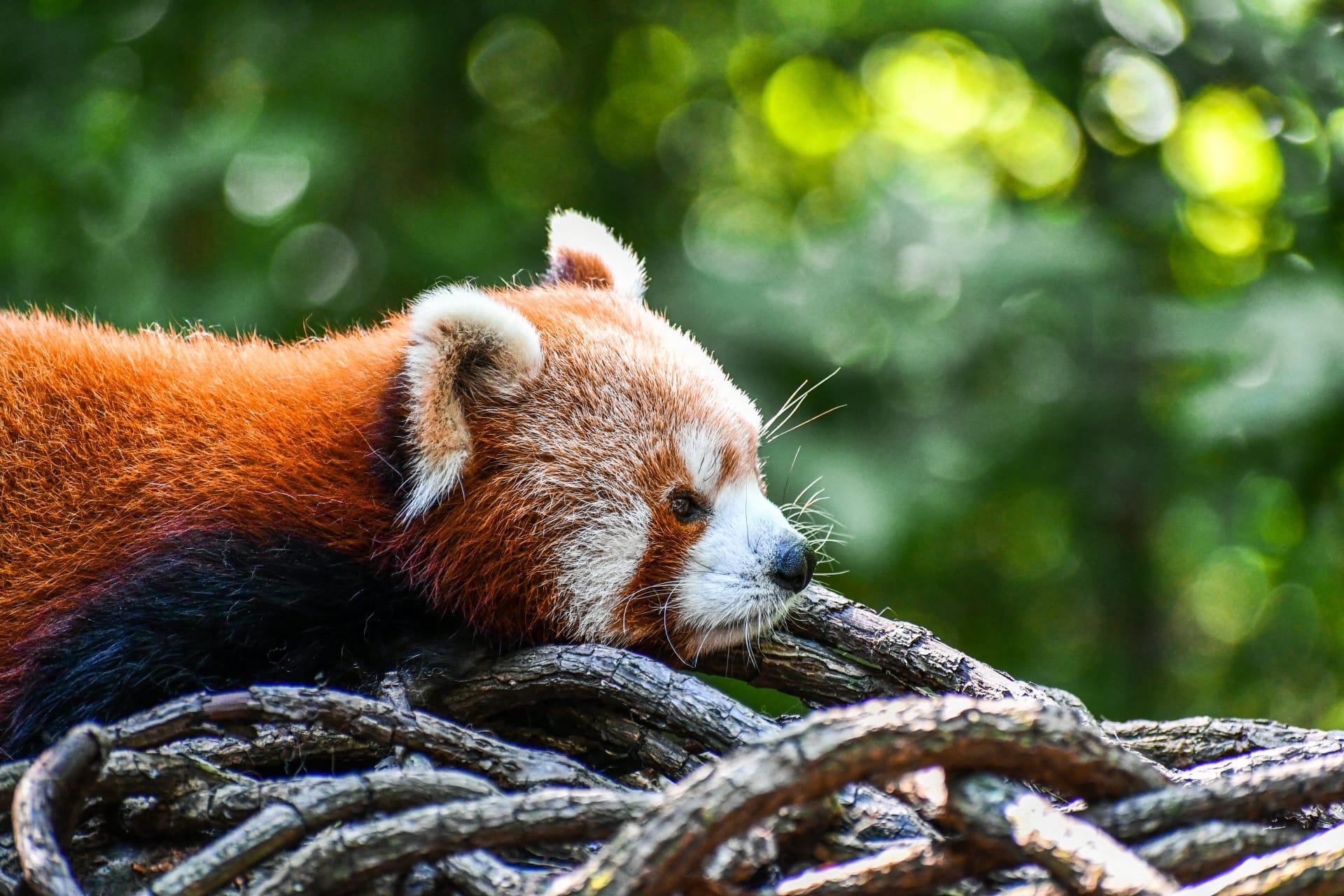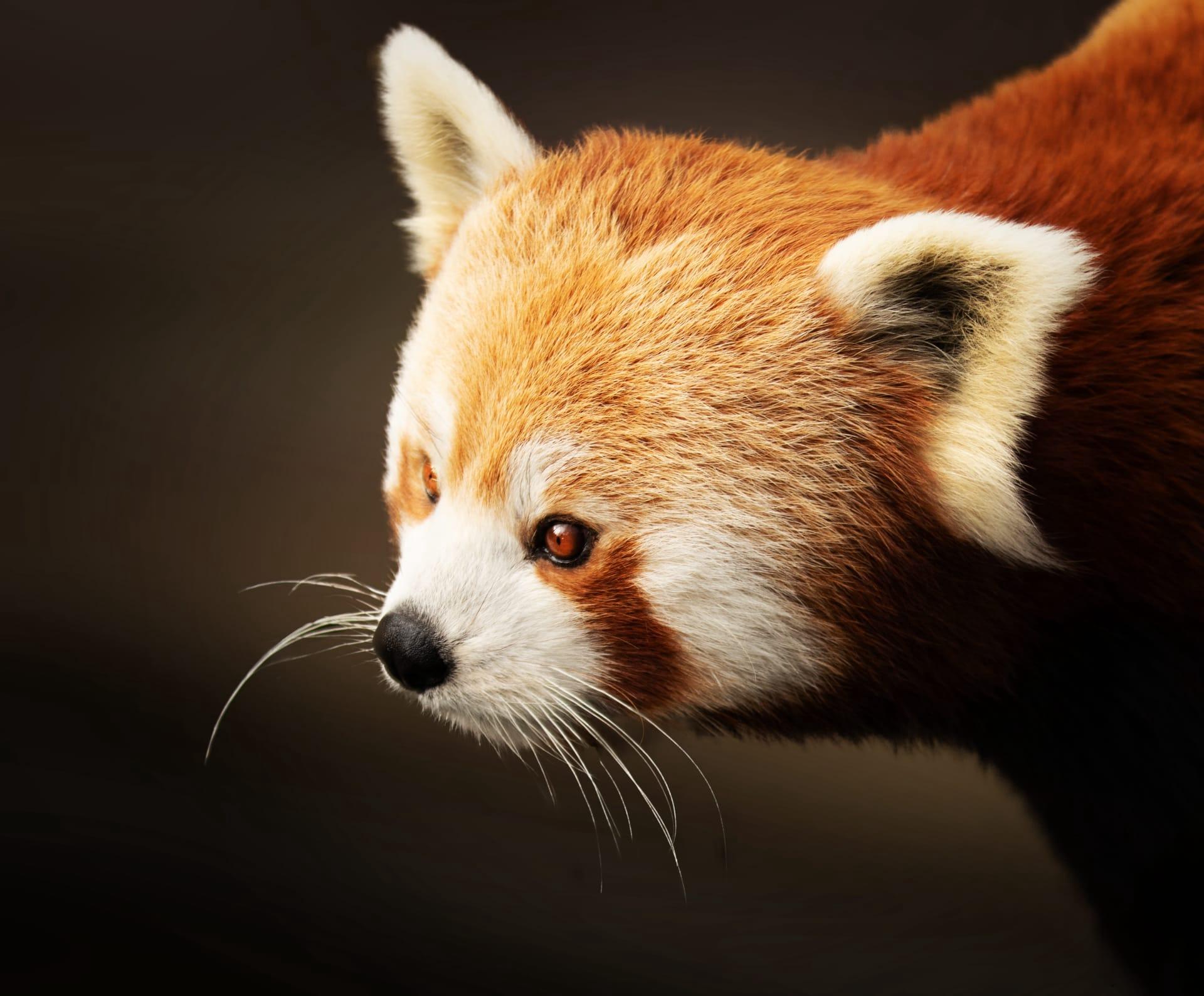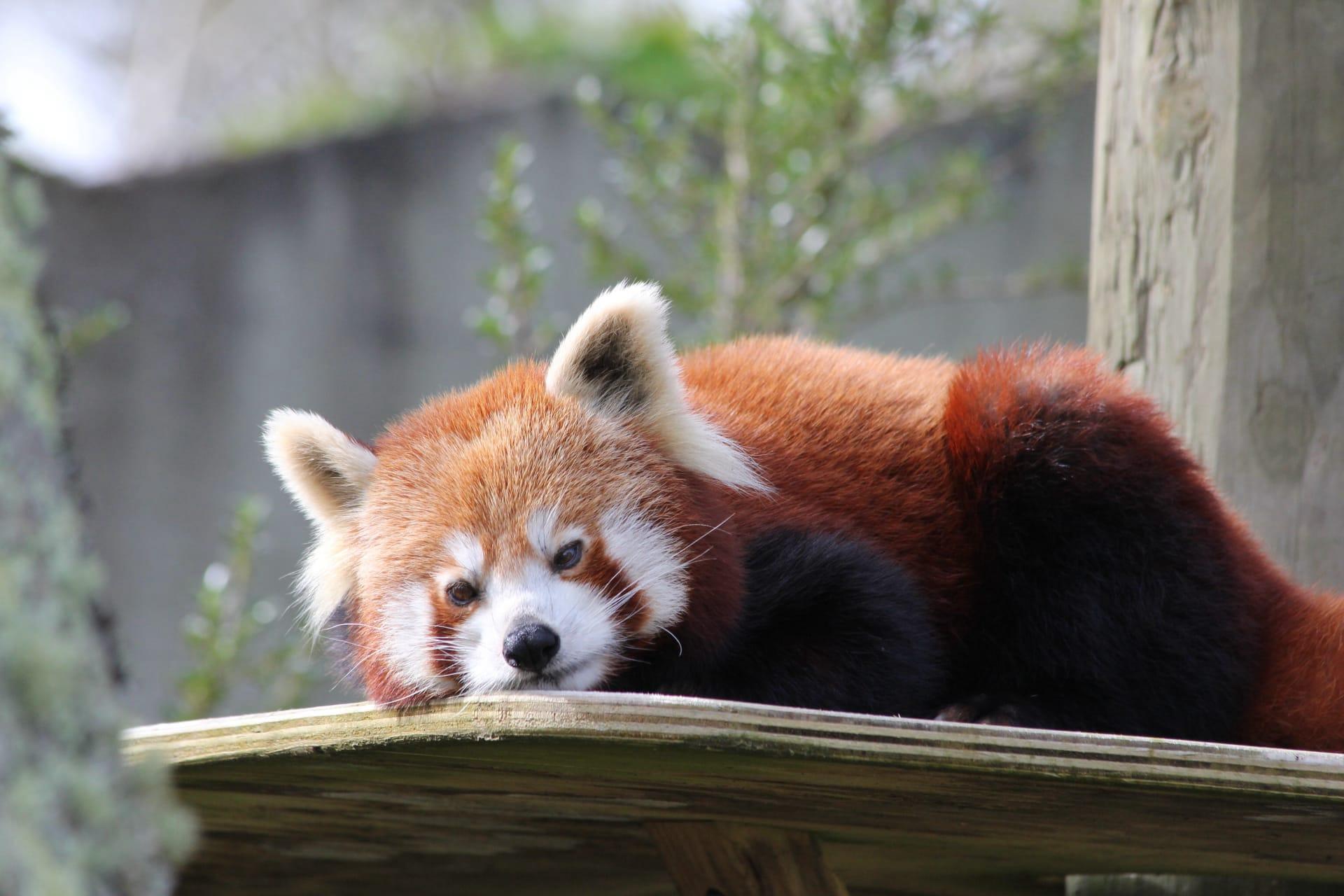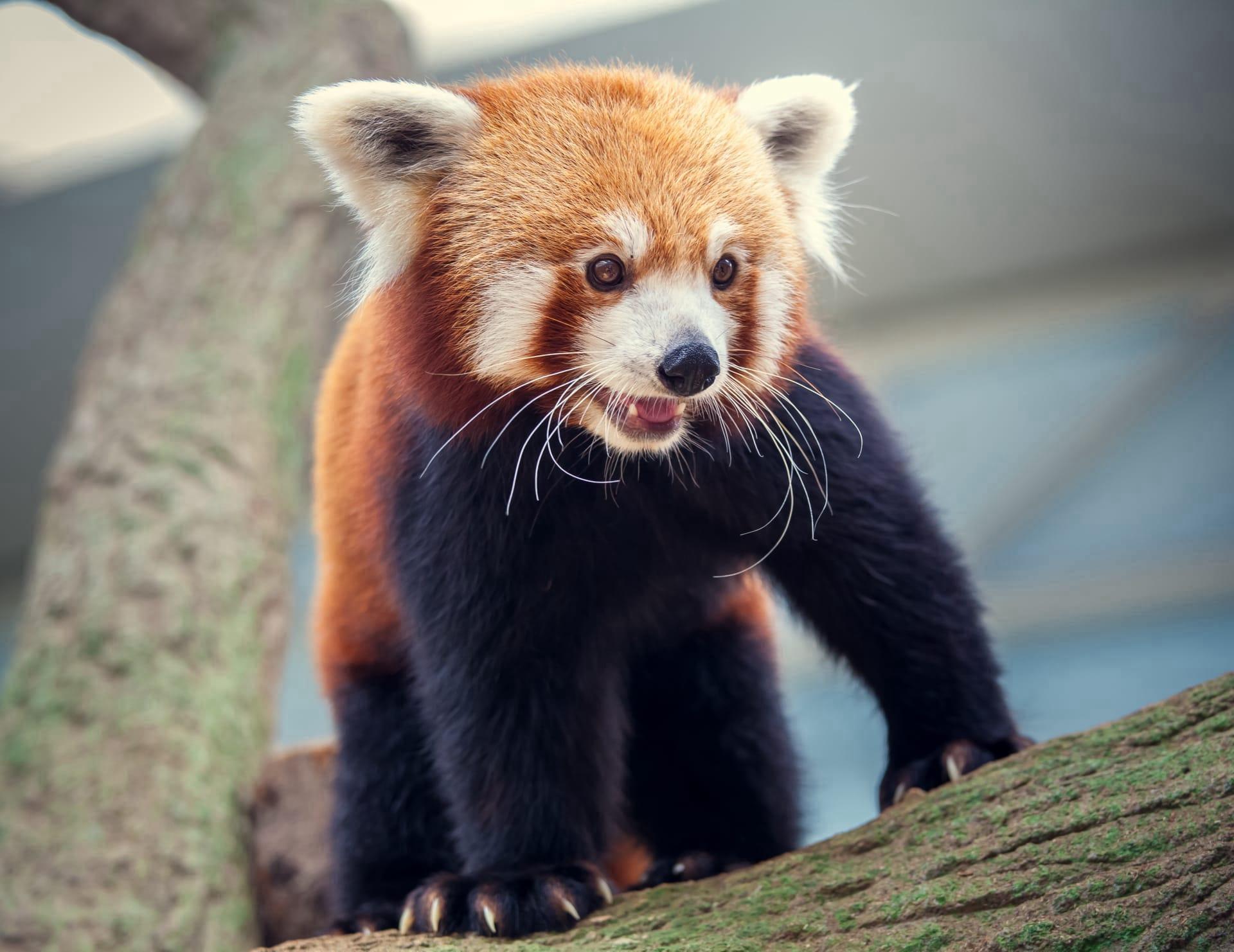1
Red pandas, with their fluffy tails and charming faces, are often mistaken for raccoons. Despite their name, they are not closely related to giant pandas. In fact, red pandas belong to their own unique family, Ailuridae. They are about the size of a domestic cat, measuring around 20 to 25 inches in length, with an additional 12 to 20-inch-long bushy tail. This tail helps them maintain balance when navigating the treetops.
Their diet is surprisingly specialized. Red pandas primarily eat bamboo, consuming up to 20,000 bamboo leaves in a single day! However, unlike their giant panda cousins, they also diversify their diet with fruits, acorns, eggs, and small insects. This varied diet is crucial for their survival in the wild, especially during winter when bamboo can become scarce.

2
Red pandas have a few unique adaptations to their cold mountainous habitat in the Himalayas and southwestern China. Their fur is not only beautiful but also highly functional. The thick red-brown fur on their back and black fur on their belly provide excellent camouflage among the red moss and white lichen-covered trees. Additionally, their fur-covered feet protect them from cold surfaces, acting like natural snow boots.
These animals are also highly skilled climbers. They possess a pseudo-thumb, an extended wrist bone, which helps them grip tree branches and climb with agility. This adaptation is essential for their arboreal lifestyle, as they spend most of their time in trees, only descending to the ground occasionally.

3
Communication among red pandas is primarily through body language and a variety of vocalizations. They are generally solitary creatures, but they use specific postures and sounds to express emotions like aggression or fear. For instance, when threatened, they stand on their hind legs to appear larger and more intimidating.
Interestingly, red pandas have a unique way of marking their territory. They use scent glands located at the base of their tail to leave a musky odor on trees and rocks, signaling their presence to other pandas. This scent-marking behavior plays a crucial role in their social interactions, especially during the mating season.

4
Red pandas have a slow reproductive rate, which contributes to their vulnerability. Females give birth to one to four cubs after a gestation period of around 134 days. The cubs are born blind and helpless, weighing only about 4.6 ounces. They depend entirely on their mother for the first 90 days of their life and are only fully weaned at around eight months.
These animals also have a unique response to stress or threat - they can 'play dead.' When they sense danger and cannot escape, red pandas will lie still on the ground or curl up in a ball, remaining motionless until the threat has passed. This behavior is a last-resort defense mechanism.

5
Red pandas have a significant role in their ecosystem as seed dispersers. Their consumption of fruits and subsequent movement through their habitat helps in the dispersal of seeds, aiding in forest regeneration. This ecological role is vital for the health of their mountainous forest habitats.
Despite their adorable appearance and ecological importance, red pandas are endangered, with less than 10,000 mature individuals estimated in the wild. Their primary threats include habitat loss due to deforestation, poaching for their unique fur, and competition for food. Conservation efforts are underway, focusing on habitat preservation and anti-poaching measures to ensure the survival of this unique and fascinating species.